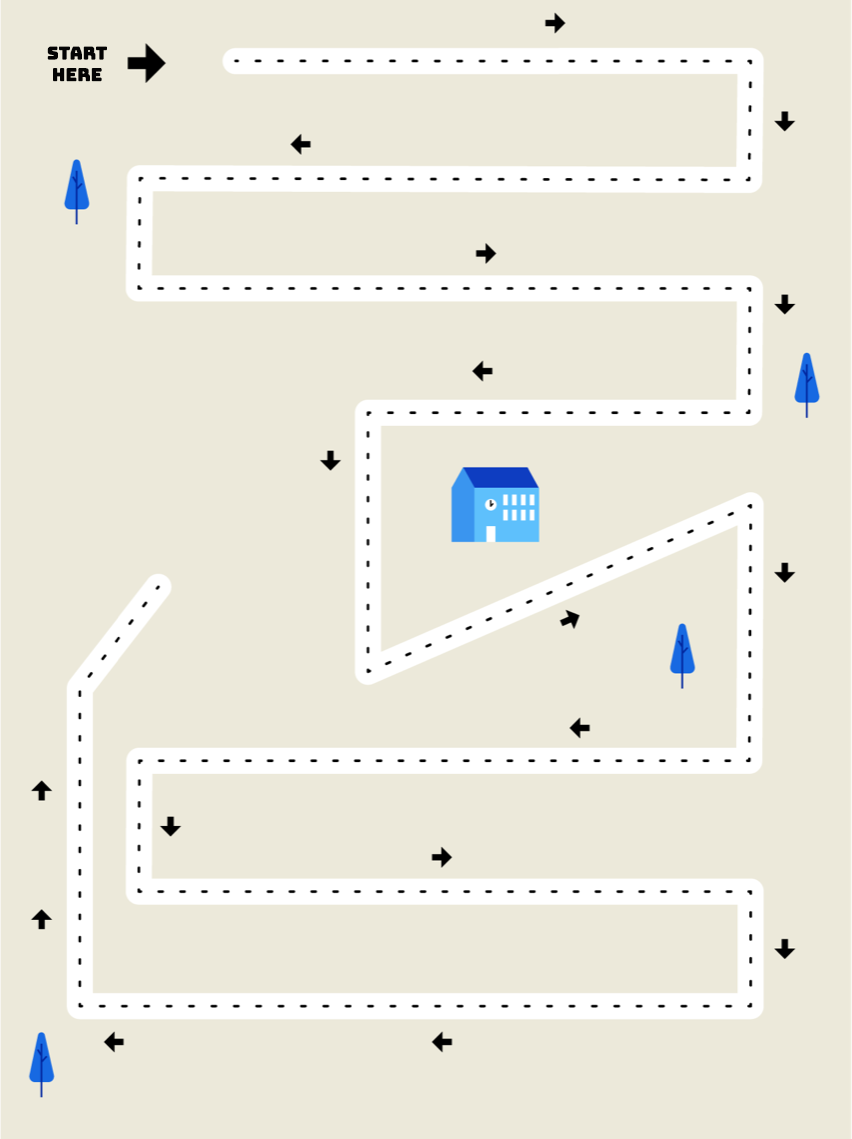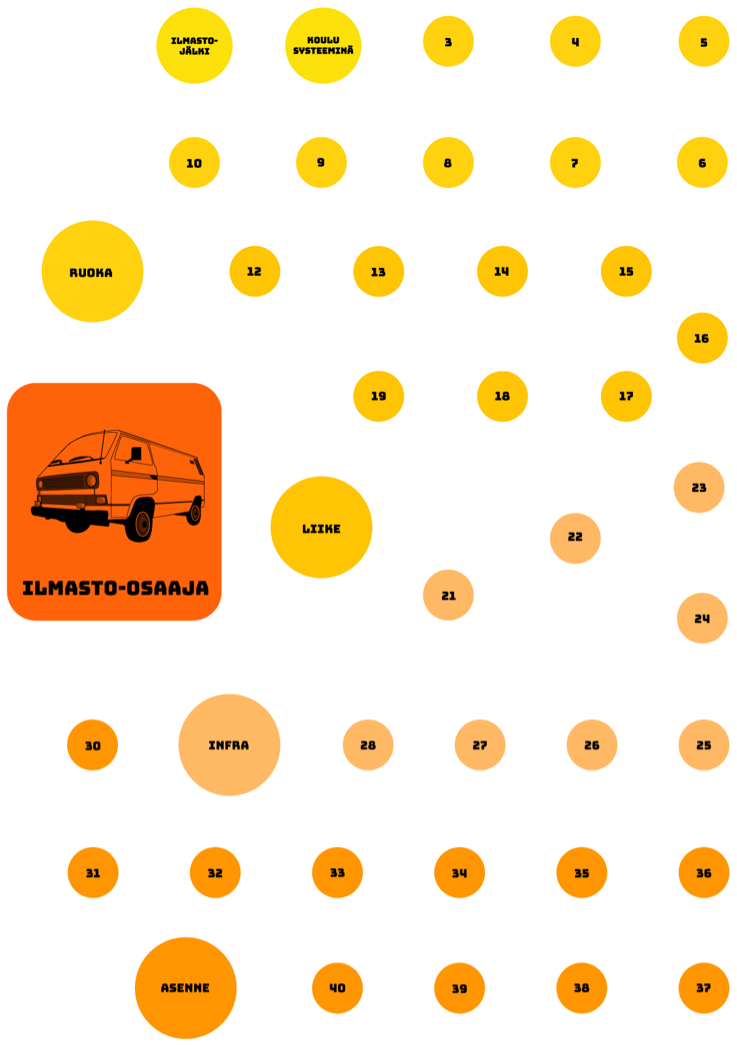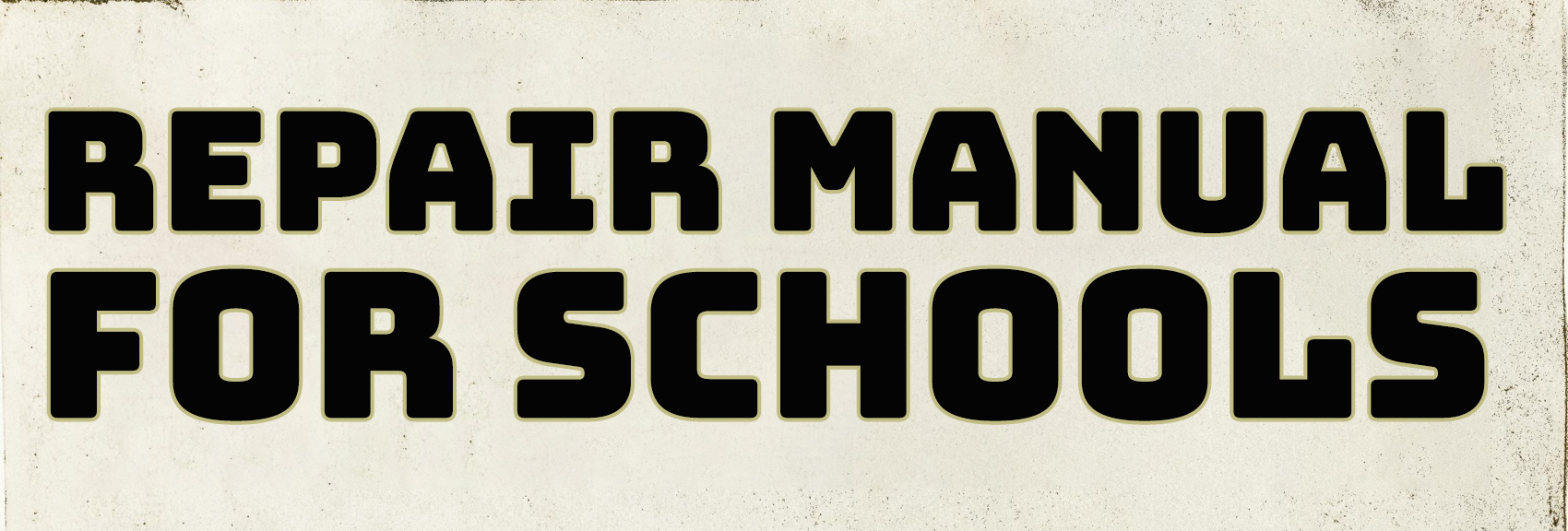For the Student – Do-It-Yourself
Each one of us can steer the school into a low-carbon direction. Is the rest of the school community with us? Together we are capable of more impressive actions than alone. What’s the suitable amount of responsibility for an individual?
Do you already have some climate know-how or would you like to learn more? Check out the know-how badges in the attached board game. The “School Climate Expert” entity is compiled of exercises aiming for a carbon neutral school. With the know-how badges you can show your existing know-how, or the know-how you acquire after doing these exercises. Let’s fix the school on our own, but together.
For now all the badges and the handbook are available only in Finnish. You can check out the badge themes below in English. English and Swedish translations coming later!
Handbook (Later in English) Badge themes briefly (PDF)
The entity of these exercises scopes the size of one upper secondary school course and contains exercises compatible with the new upper secondary school curriculum, the goal of which is to repair your school toward being carbon neutral. The coordinating teacher at your school will evaluate your know-how badge performance. Each section is composed of exercises mapping out the current state of your school. At the end of the Food, Motion, and Infrastructure sections you can innovate and design a repair plan for a target of your choosing. At the end of the Attitude section you can work on progressing one repair target. Please contact us if you’re interested in the badges so we can see if completing the badges is possible in your school.
How to Proceed?
- Enroll to the coordinating teacher of your school
- Log in (not mandatory)
– If you’d like, you can create an account in the Open Badge Passport service and get your own know-how badge passport. - Work
– Familiarize yourself with the badge applications for each exercise on the Open Badge Factory website via the links below the picture, do the exercises OR show your existing know-how pertaining to an exercise in the application in an attached file, for example. Note that this does not require logging in, only an e-mail address. - Apply
– When the badge application has been filled, apply for the know-how badge by sending the application to the coordinating teacher at your school. - Profit
– Use the skill badges you receive for example for applying for upper secondary school course credits, when seeking a job, in postgraduate studies, in volunteer work, in hobbies etc.
What Does the School Climate Expert Badge Entail?
The School Climate Expert know-how badge consists of 42 separate badge applications, some of which are easier, some are compiling exercises, and some take 45 minutes. Each section consists of badges mapping out the current state of your school. At the end of the Food, Motion, and Infrastructure sections you can innovate and design a repair plan for a target of your choosing. At the end of the Attitude section you can work on progressing one repair target.
- 2 easy know-how badges introducing the topic. You can find additional information on the Introduction page and on pages 5–6 in the handbook (so far only in Finnish). More information on the Upper Secondary Student’s Climate Calculator can be found here.
- 35 know-how badges with which you can show your climate know-how in different sections
Food: 8 exercises
Motion: 8 exercises
Infrastructure: 8 exercises
Attitude: 11 exercises - 5 compiling badges:
– 4 meta badges:
After successfully completing the micro badges in each section you can apply for the meta badges in the Food, Motion, Infrastructure, and Attitude sections
– Super badge
After completing all other badges you can apply for the School Climate Expert super badge - If you’d like, you can apply for upper secondary school course credits with the completed School Climate Expert know-how badge.
- You can find further information in the Handbook (so far only in Finnish, link on the Do-It-Yourself page).
What Do All the Different Badges Mean?
The School Climate Expert know-how badge signifies the following:
- Micro badge = about 45 minutes per exercise in this entity
- Meta badge = a badge compiling the micro badges in one section. Food, Motion, Infrastructure, and Attitude meta badges.
- Super badge = a main badge compiling all micro and meta badges, the School Climate Expert.
- Participation badge = a badge requiring participation, but no need to show your know-how
- Know-how badge = a badge which requires showing your know-how. There are know-how badges of different scopes.
- Applying for a badge = fill the badge application on the Open Badge Factory website by either doing the exercises in the Repair Manual or by showing your existing climate know-how by sending, for example, an attached file to the evaluating teacher.
- Completing a badge = the evaluating teacher must approve the application. If the badge application was not approved, you can work on the application more and send it for evaluation again.


 Climate
Climateimprint
as a system
structure




